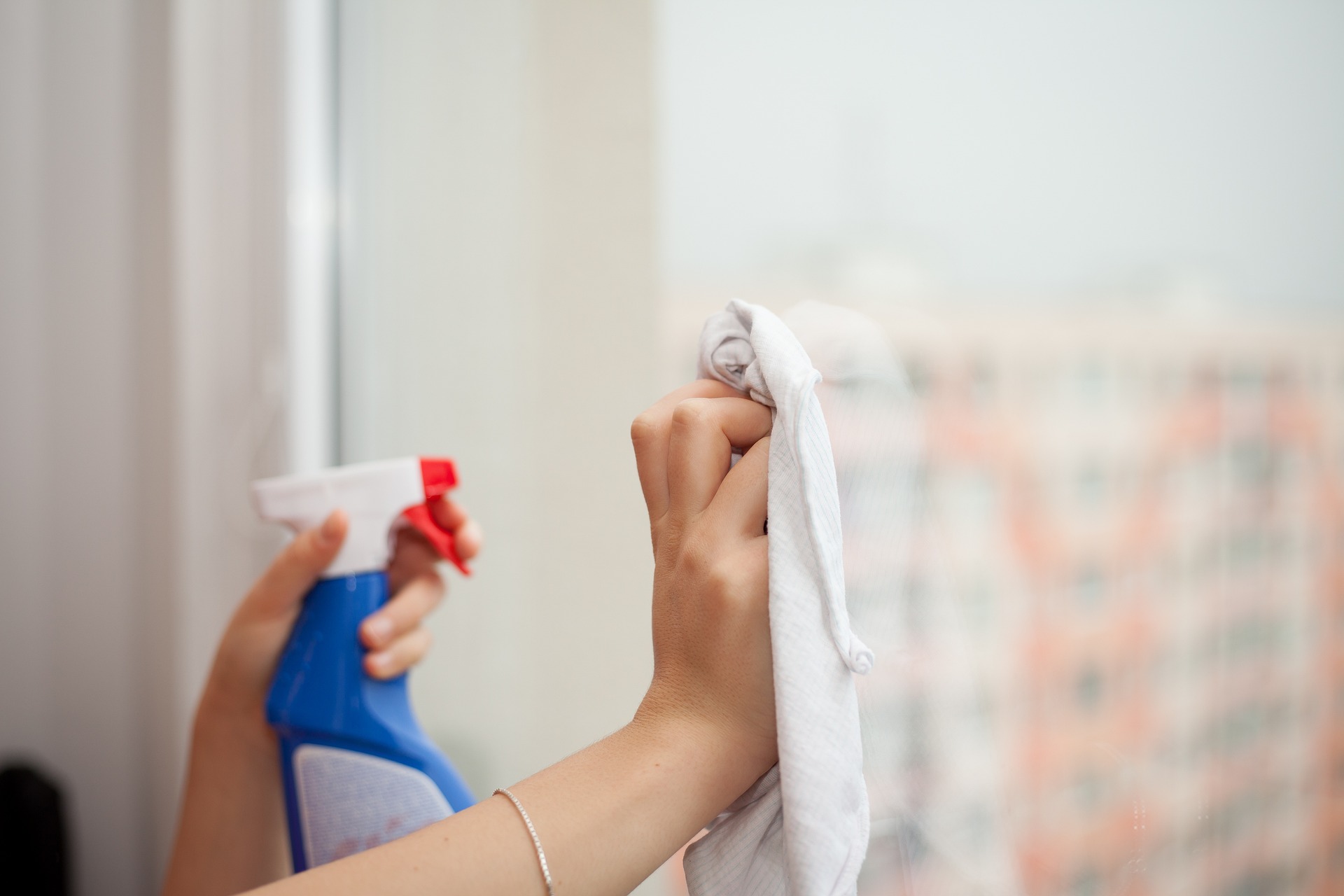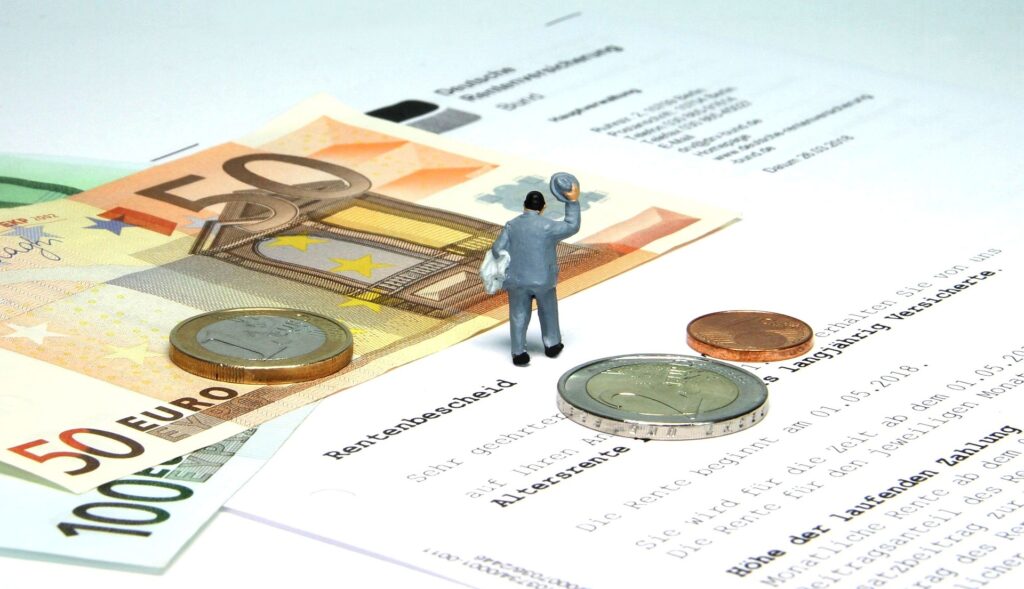From all-purpose and bathroom cleaners to scouring agents and dishwashing detergents, more than 100 cleaning products pile up on supermarket shelves. Still, according to Greenpeace’s market check, consumers can safely do without two-thirds of them.
So anyone who wants to tackle traditional spring cleaning now should consider the following: Many of the chemicals in everyday cleaning products are harmful to the environment. If preservatives end up in wastewater, for example, they are toxic to aquatic organisms and hardly biodegradable.
But these products can also be dangerous for humans. In any case, fragrance products are not recommended because they irritate the skin and respiratory tract and thus harm health.
Allergy triggers
Hygiene products for disinfection can trigger allergies and are unnecessary in the household. These disinfecting agents in “anti-bacterial” cleaning products reduce the beneficial bacteria to humans – this can even weaken our immune system.
“A clean household needs no more than three products, namely all-purpose cleaner, abrasive cleaner and vinegar cleaner. To also protect the environment and your own health, you should only use cleaning products with trustworthy quality labels,” says Lisa Panhuber, consumer expert at Greenpeace Austria.
Pay attention to quality seals.
These include “Eco-Garantie,” the state-owned “Austrian Eco-Label,” the “EU-Ecolabel,” or “Ecocert.” But the Greenpeace market check shows that only about 20 percent of all all-purpose cleaners carry a trustworthy quality mark.
Greenpeace criticizes toilet blocks as pointless and harmful to the environment: they don’t clean the toilet but only mask unpleasant odours. Environmentally hazardous substances are released into the wastewater with every flush.
Mechanical aids such as brushes or cleaning devices can save many chemicals. Microfiber cloths also assist with cleaning. Microfibers are fragile, absorbent fibres that pick up dirt. To ensure hygiene during cleaning, a colour system has been introduced for the areas to be cleaned. Red, yellow, blue, green: each colour represents an area, red for the toilet, for example, and yellow for the sink and bathtub.
As a general rule, use cleaning agents sparingly. Never dose more than is indicated on the packaging.
If you want to know what is in the cleaning agent, it is best to make it yourself. This is done quickly and is also cheaper.
Vinegar, citric acid, soda and bicarbonate of soda: You can easily make cleaning products yourself with these four ingredients.
Vinegar, citric acid, soda and baking soda: With these four ingredients, you can easily make cleaning products yourself
Window cleaner: You need lemons, vinegar, and a little patience for a natural glass cleaner. First, put the rasped peel of two lemons in a jar, add 125 ml of vinegar, cover the mixture with a cloth and store it in a dark place. After about two weeks, pour the homemade glass cleaner through a strainer with a funnel into a spray bottle. Then add 125 ml of water to the lemon and vinegar mixture, shake the mixture vigorously once, and you’re ready to tackle the dirty windows.
Fabric softener: 3 tablespoons of vinegar in the fabric softener compartment replace the fabric softener.
Pot cleaner: mix one tablespoon of citric acid with 200 ml of warm water and let it soak in.
Drain cleaner: add four tablespoons of soda powder to the drain, and flush with 200 ml of vinegar. After an exposure time of about one hour, rinse with plenty of hot water.
Oven cleaner: mix baking soda and water in a 1:1 ratio and brush onto the stains. Leave on for a few hours and scrub off with a sponge.
Bathroom cleaner: Mix 50 grams of citric acid with 500 millilitres of lukewarm water, and add a splash of conventional dishwashing liquid.
- source: kurier.at/picture: Bild von Simon Kadula auf Pixabay
This post has already been read 3269 times!



